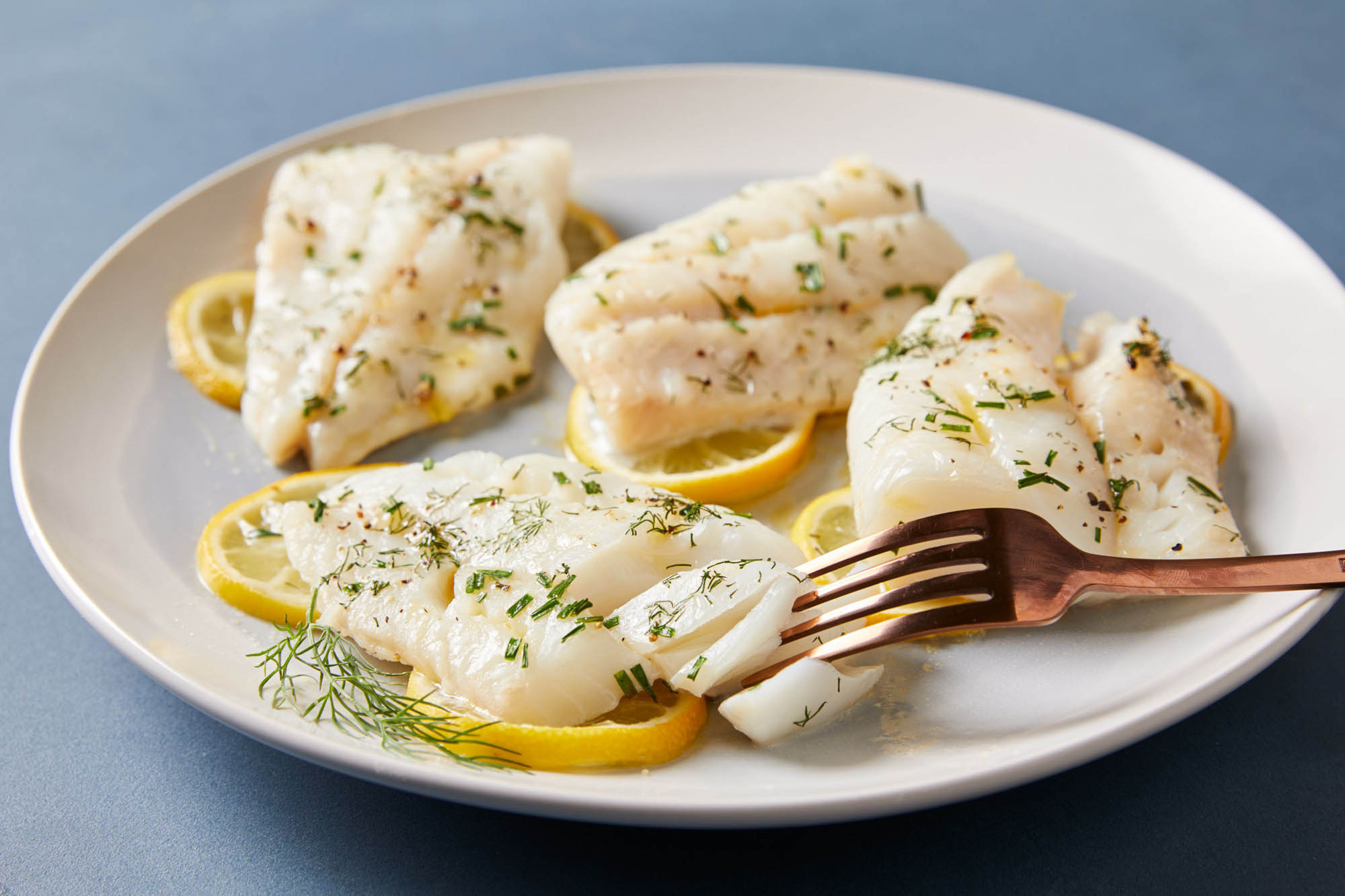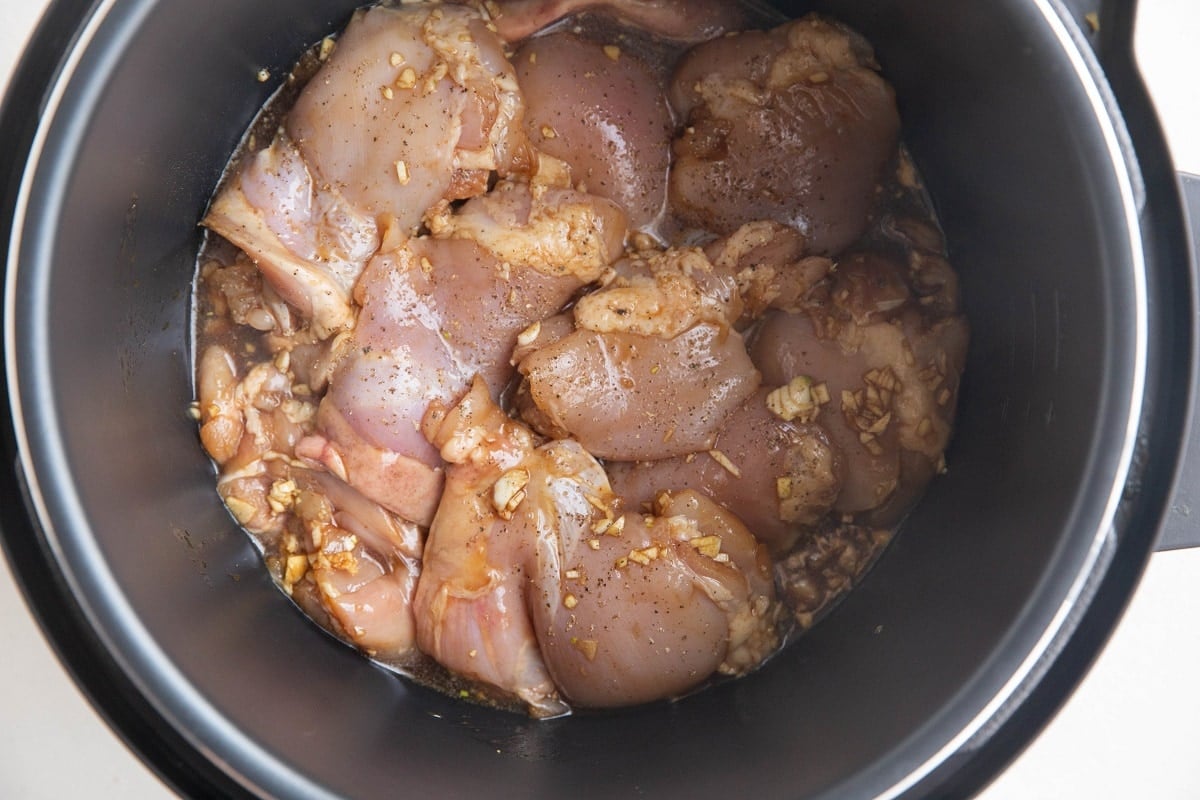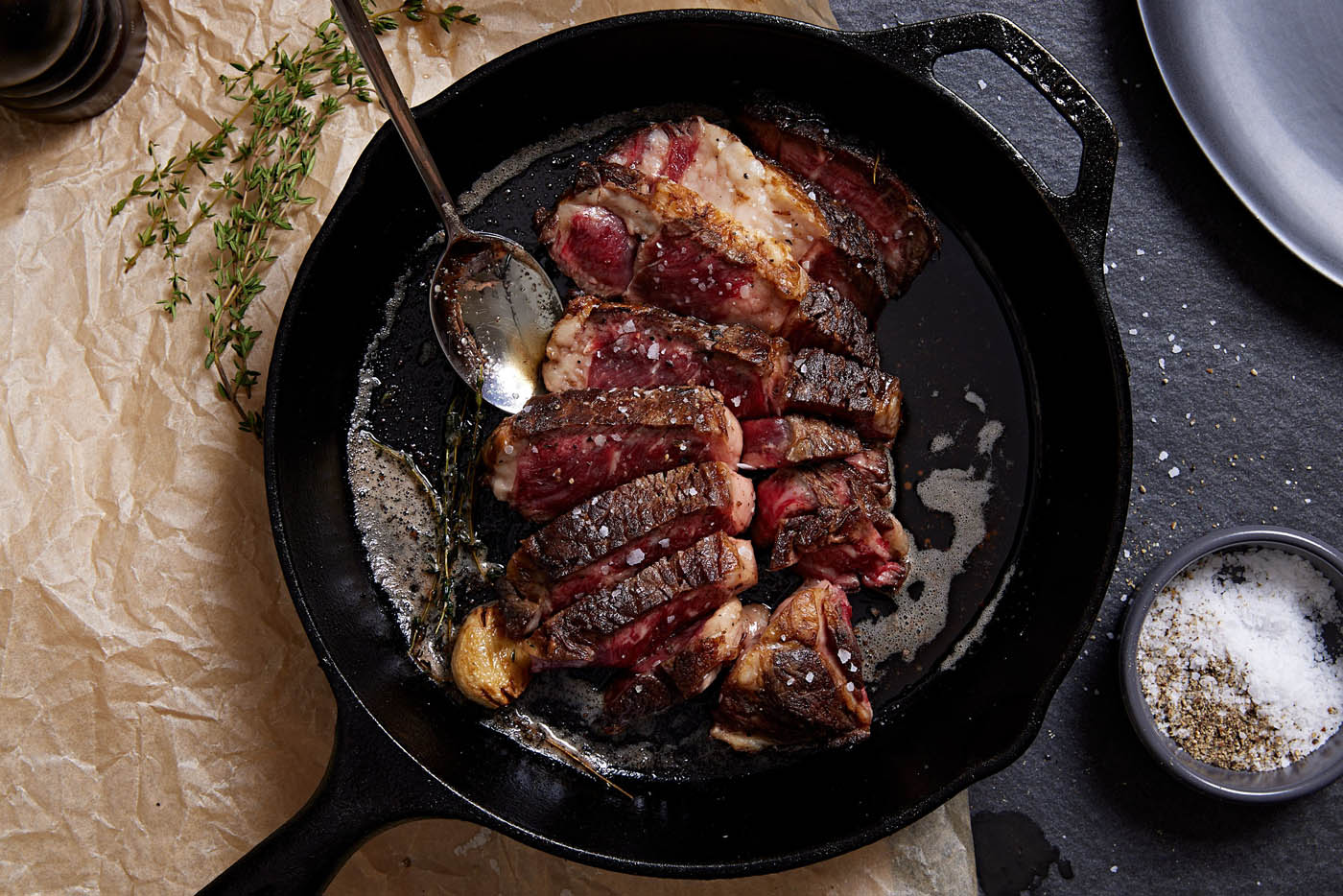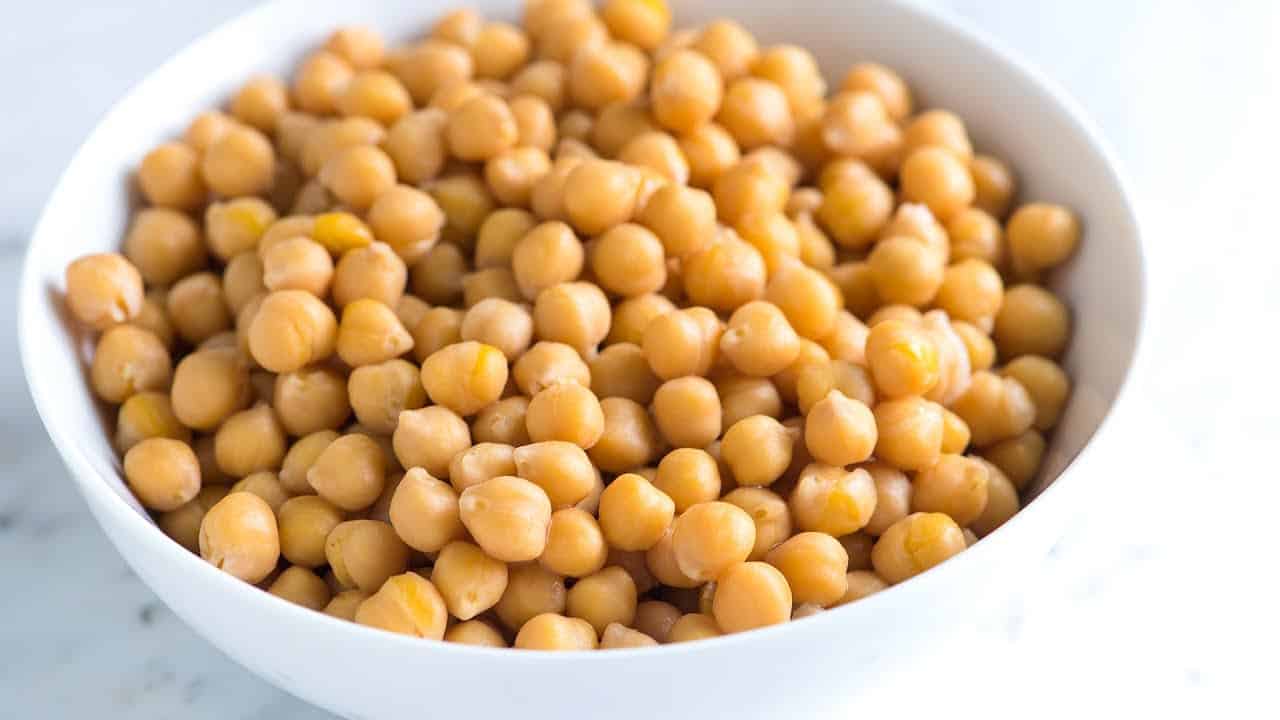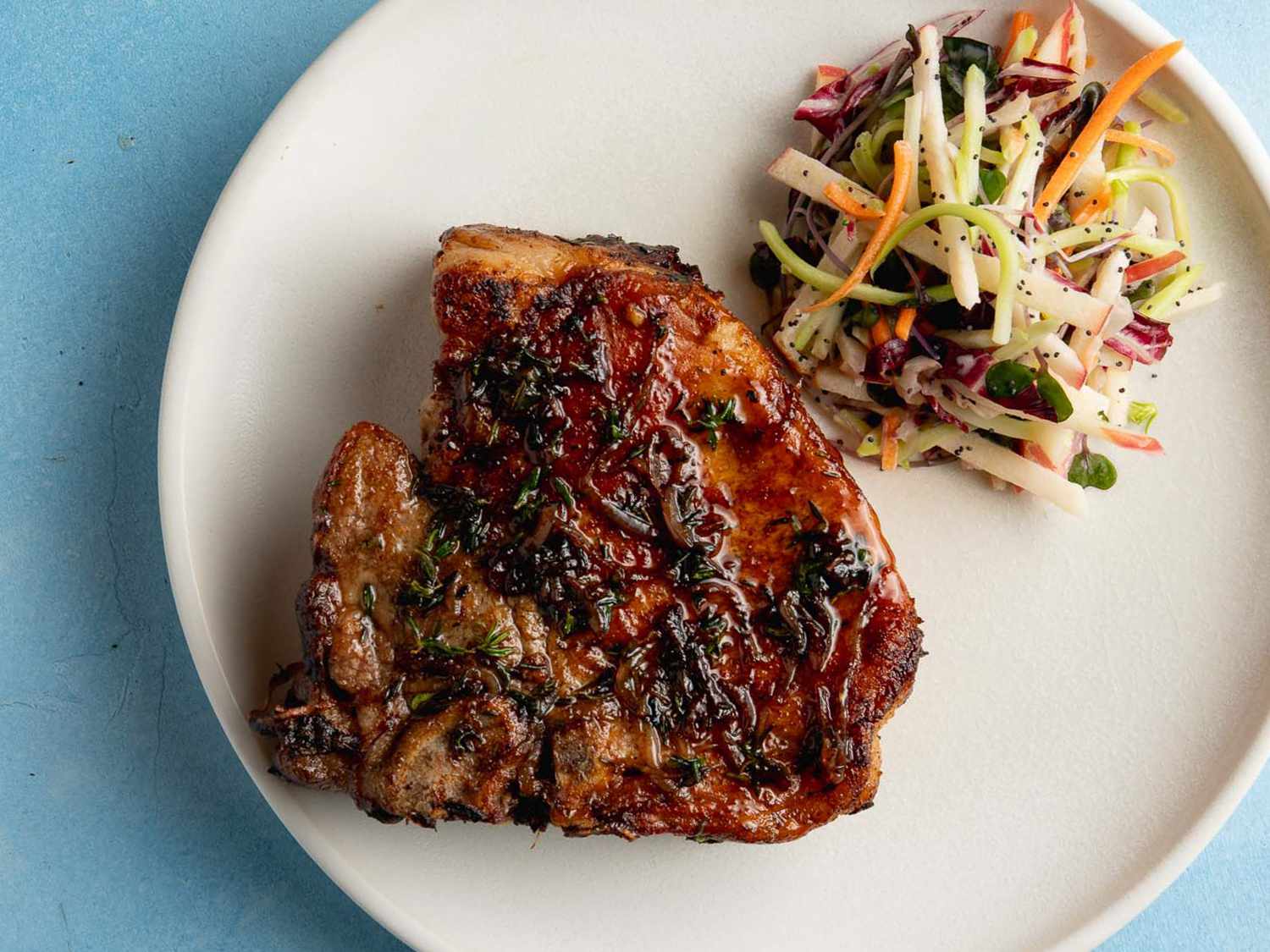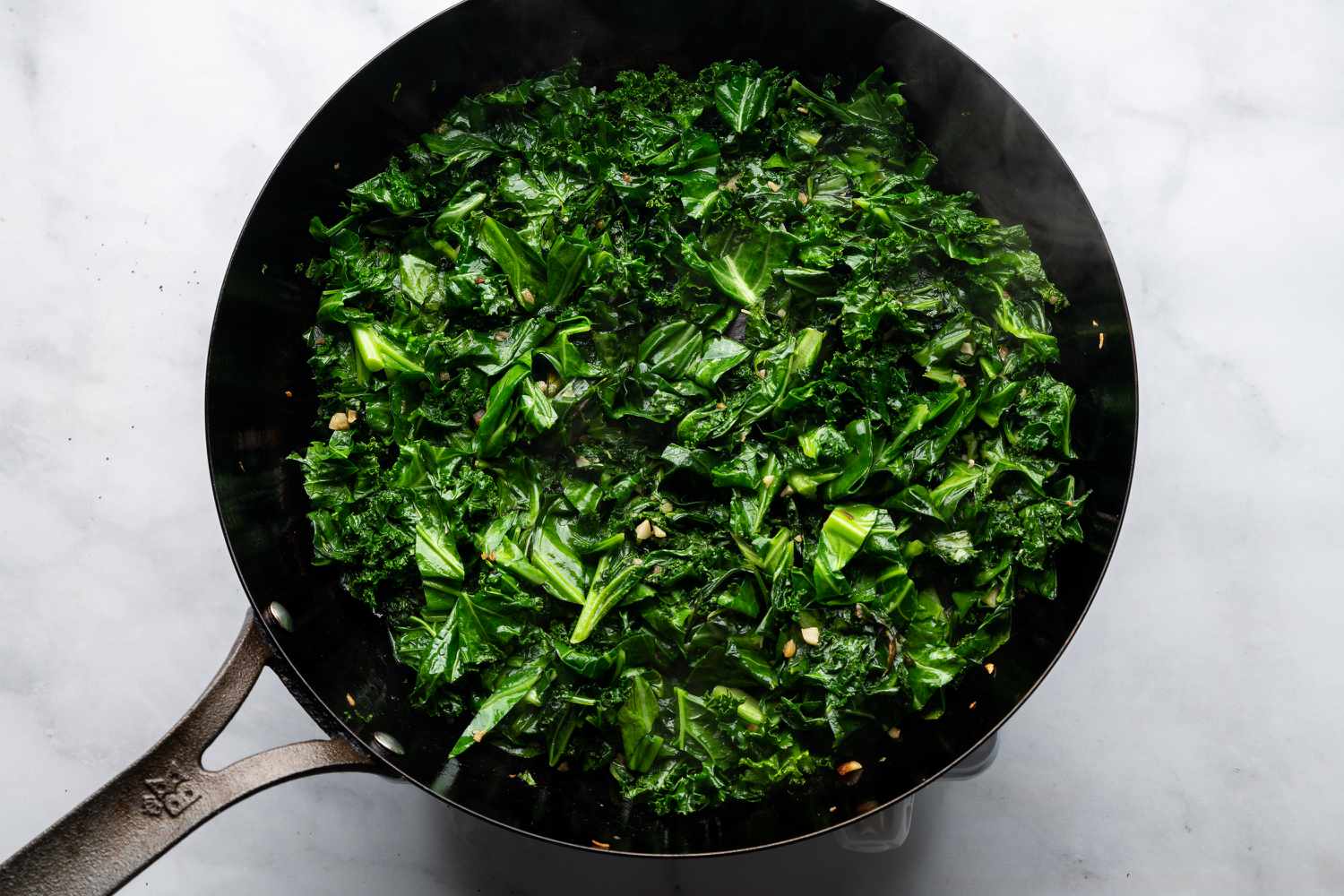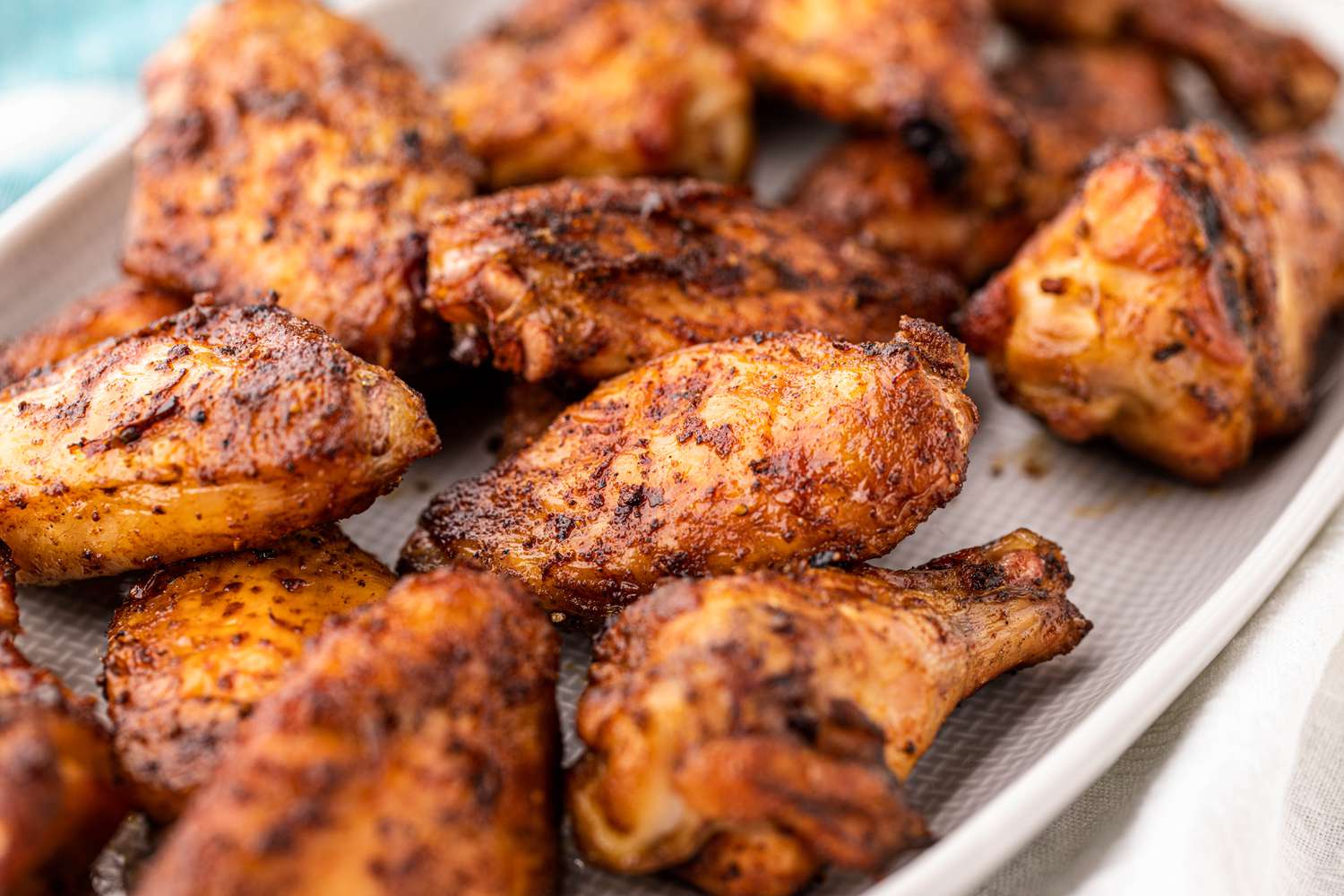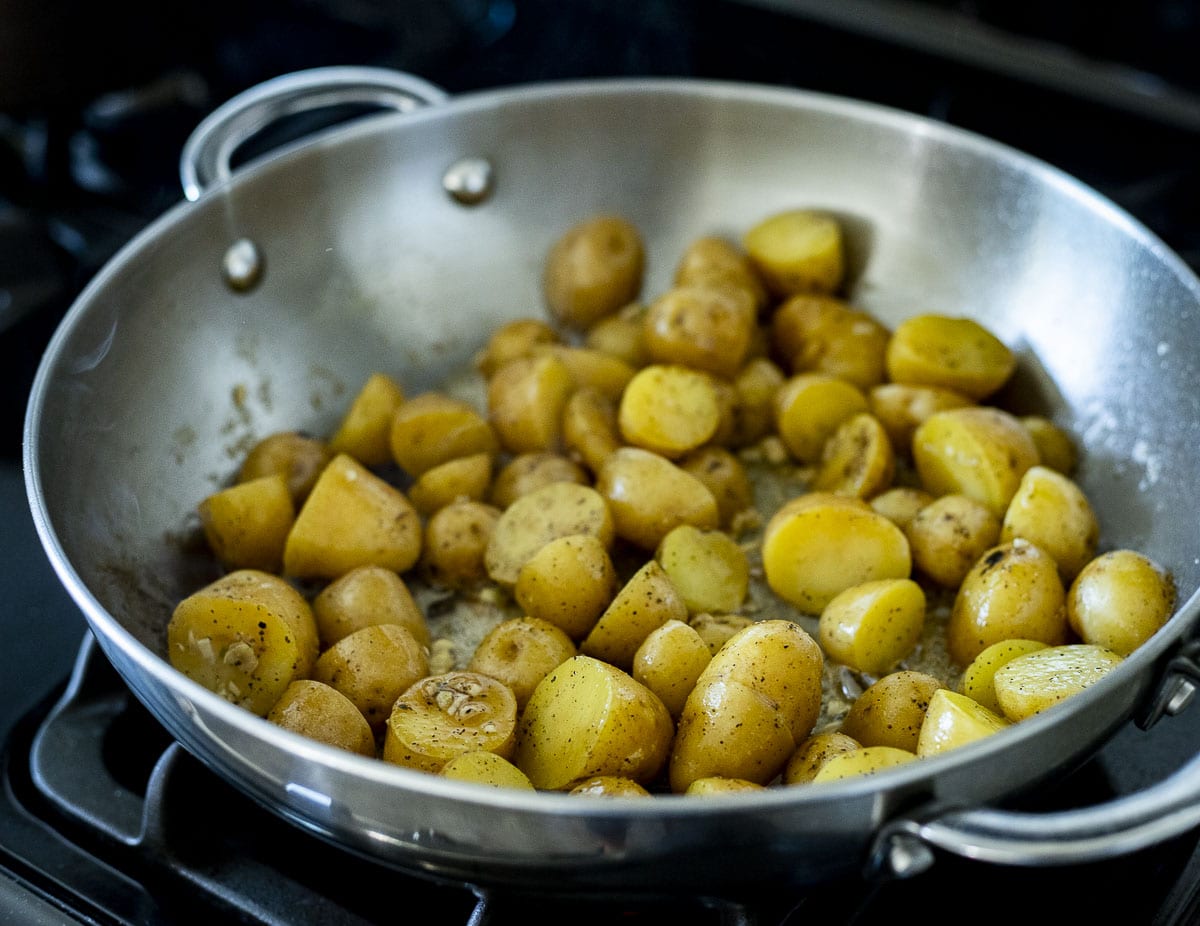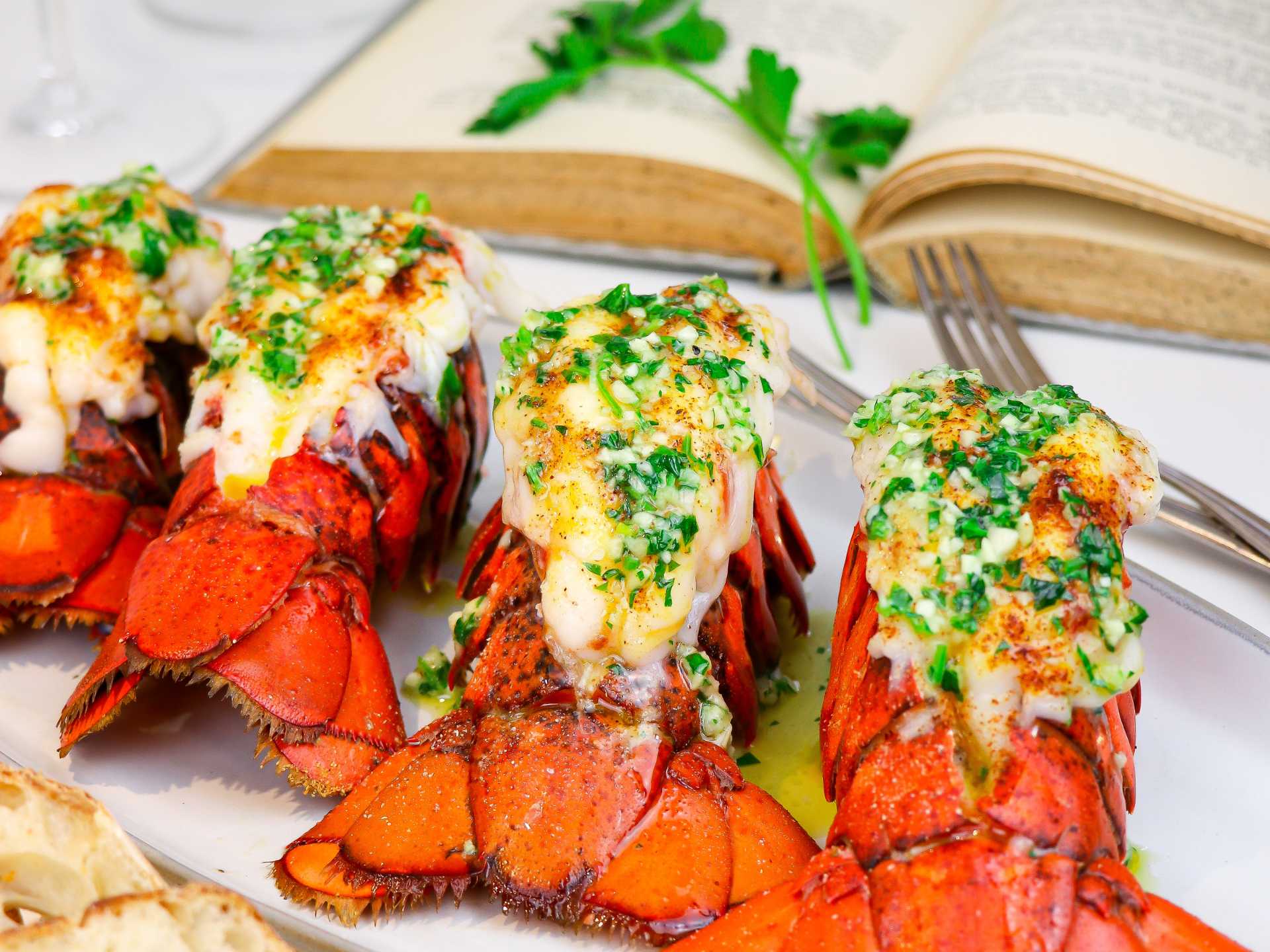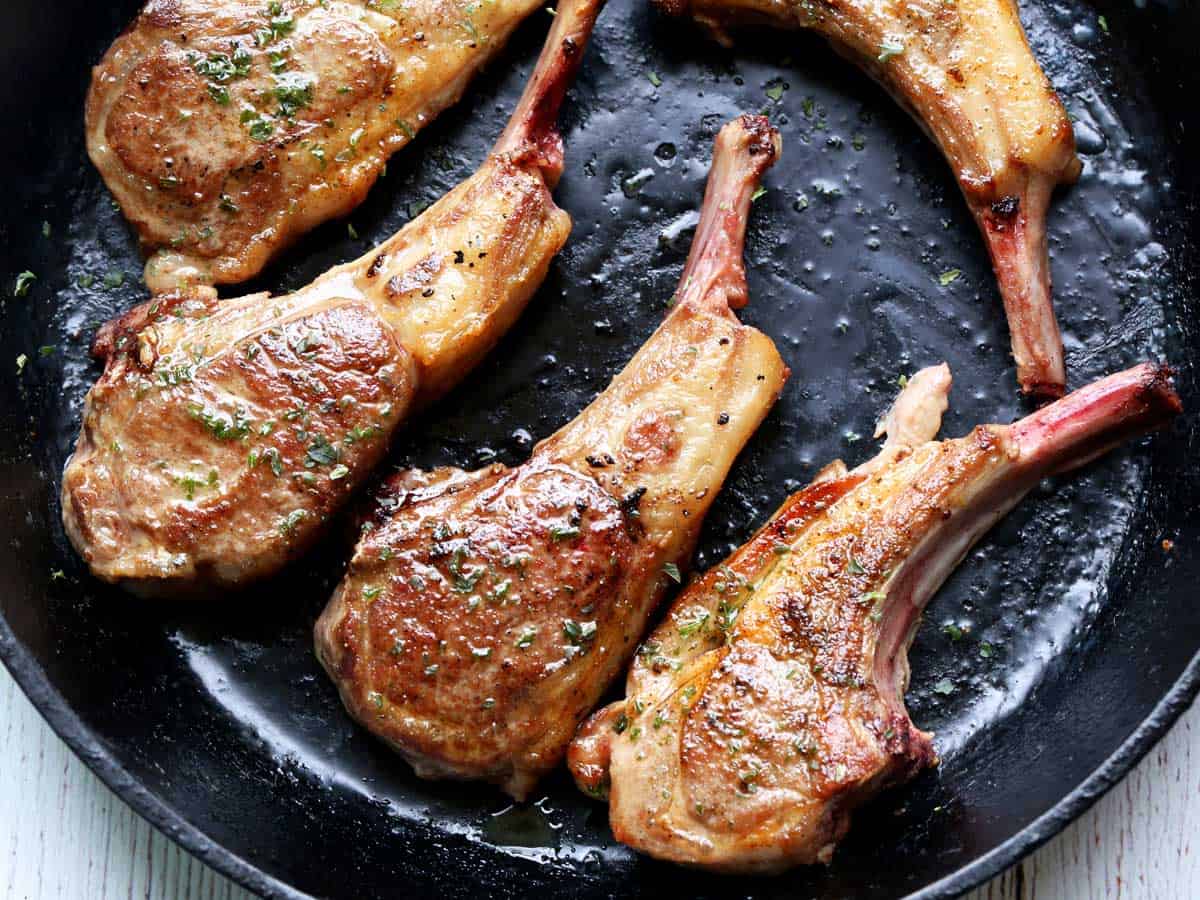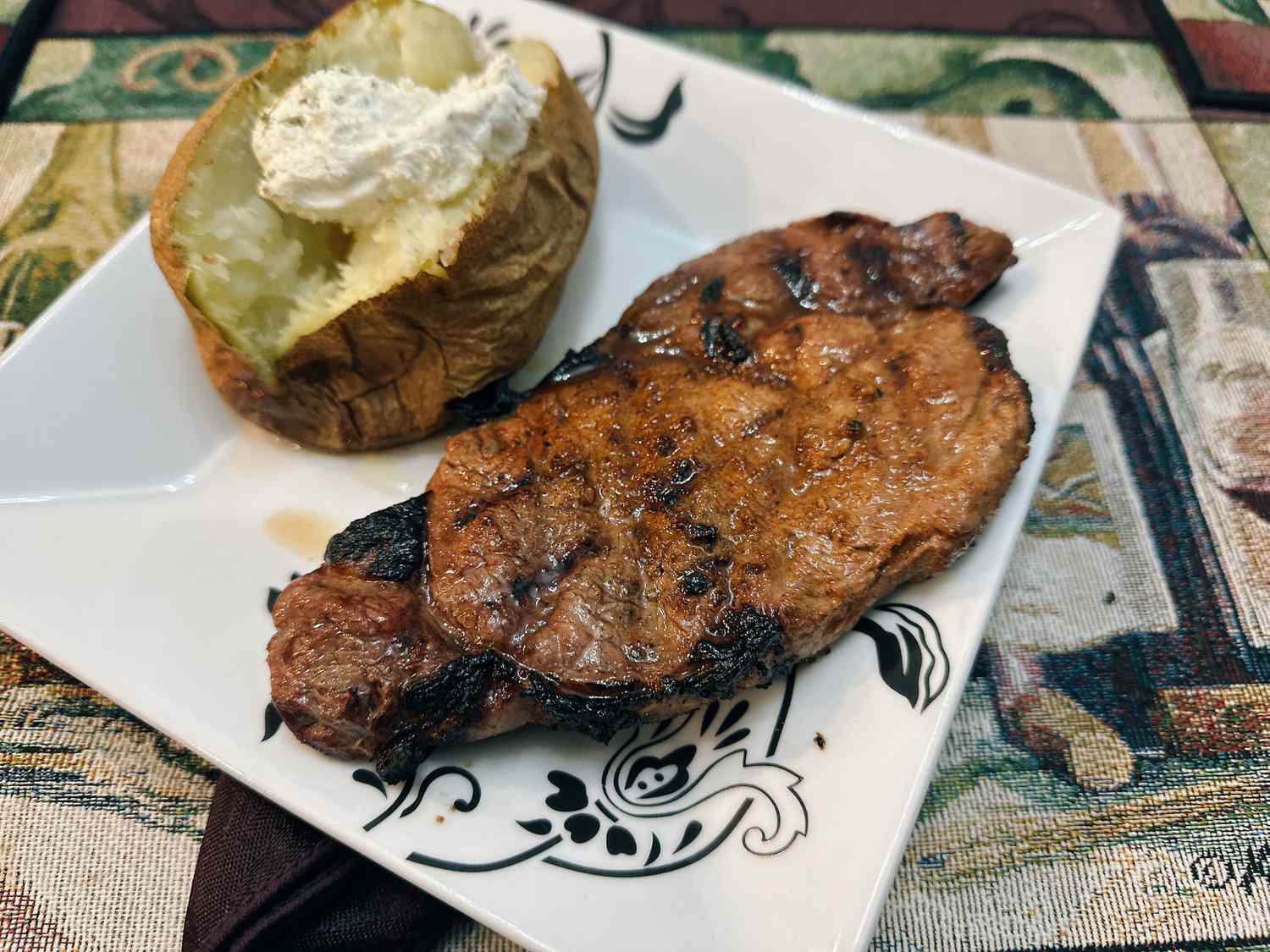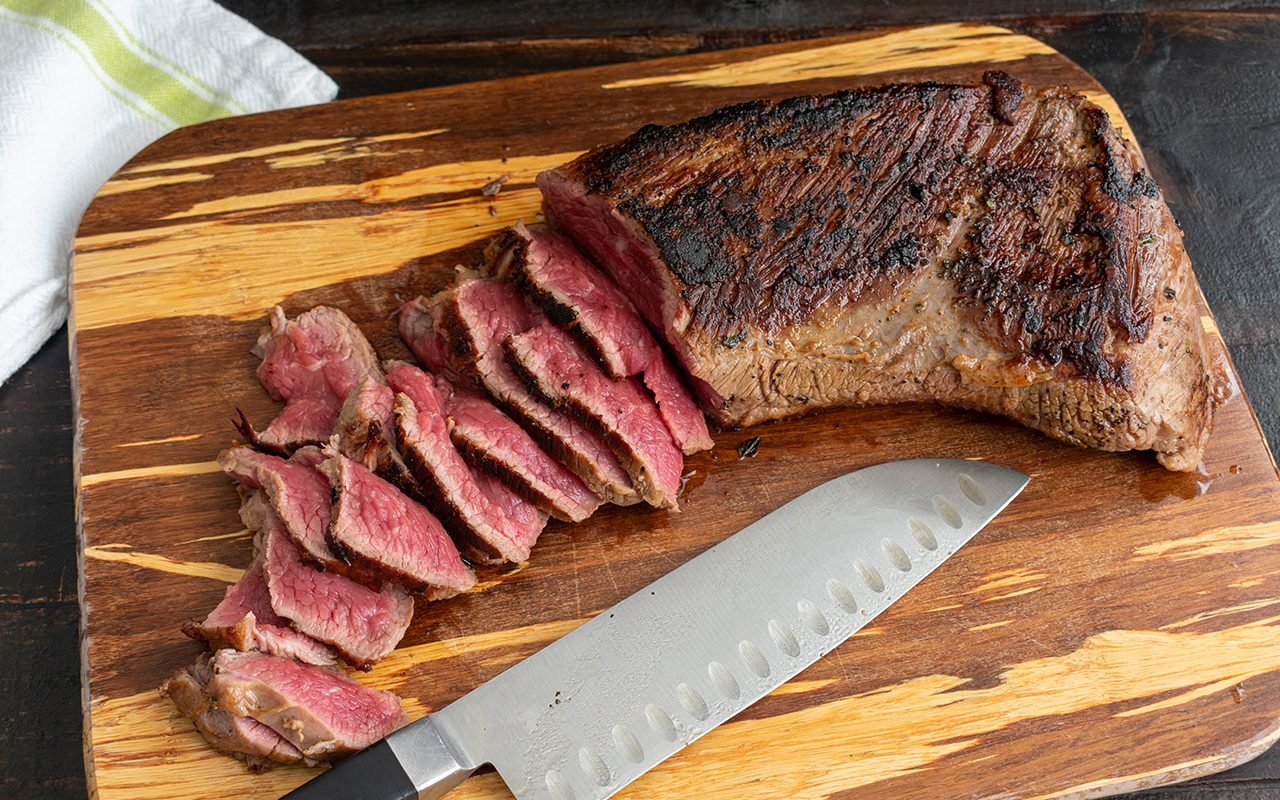A Delicious Guide: Cooking Clams for Pasta
There’s something undeniably enchanting about a plate of perfectly cooked pasta with succulent clams nestled in a flavorful sauce. If you’re craving a taste of the sea, look no further! In this guide, we will walk you through the step-by-step process of cooking clams for pasta, ensuring an unforgettable dining experience.
1. Selecting Fresh Clams
Tip: Freshness is key when it comes to clams. Follow these pointers to ensure you choose the best:
- Opt for live clams: Look for clams that are tightly closed or close when lightly tapped. Avoid any with broken shells or those that remain open.
- Examine the shell: High-quality clams should have a clean, intact shell with no cracks.
- Smell the ocean: Take a whiff of the clams. They should have a fresh, briny aroma reminiscent of the sea.
2. Cleaning and Prepping Clams
Before you start cooking, it’s important to clean and prep the clams properly. Follow these steps:
- Rinse the clams: Place the clams in a colander and rinse them thoroughly under cold running water. Remove any seaweed or dirt clinging to the shells.
- De-grit the clams: Fill a large bowl with cold water and add 1/4 cup of salt. Gently place the clams in the bowl and let them soak for 20 minutes. This will help them release any sand or grit trapped inside.
- Inspect again: After soaking, remove the clams and rinse them again to ensure they are free from any remaining grit.
3. Cooking Clams for Pasta
Now, let’s dive into the exciting part – cooking the clams and creating a delectable pasta dish. Follow these instructions:
- Sauté aromatics: Heat a large skillet over medium heat and add a drizzle of olive oil. Sauté minced garlic, shallots, and a pinch of red pepper flakes for a minute or until fragrant.
- Add the clams: Increase the heat slightly and carefully add the cleaned clams to the skillet. Pour in a generous splash of white wine, like a crisp Sauvignon Blanc, and cover the skillet with a lid.
- Steam the clams: Let the clams steam for 5-7 minutes or until they open. Discard any clams that do not open as they may be unsafe to eat.
- Finish with pasta: While the clams are steaming, cook your favorite pasta according to the package instructions. Drain the pasta and toss it into the skillet with the cooked clams.
- Enhance the flavors: Add a ladleful of the pasta cooking water to the skillet to create a light sauce. Sprinkle with freshly chopped parsley, a squeeze of lemon juice, and a drizzle of extra-virgin olive oil.
4. Serving and Enjoying
Just a few final touches, and your clams for pasta masterpiece will be ready to savor:
- Garnish with love: Plate the pasta and clams, ensuring that each serving receives a fair share of these delicious shellfish.
- Serve with style: Accompany your dish with a crusty baguette or garlic bread to mop up the delectable sauce.
- Sprinkle some magic: Finish with a sprinkle of grated Parmesan cheese and a dash of freshly ground black pepper for an extra burst of flavor.
- Delight in every bite: Sit back, take a forkful of pasta laden with clams, and indulge in the mouthwatering harmony of flavors.
Remember: Cooking clams for pasta is not just about nourishment; it’s an experience to be savored. So, put on your apron, get creative in the kitchen, and delight your taste buds with a sensational seafood feast!
Disclaimer: Please consult local guidelines and ensure you source clams from reputable seafood vendors.
Was this page helpful?
Read Next: How To Cook Beef Taco Meat
